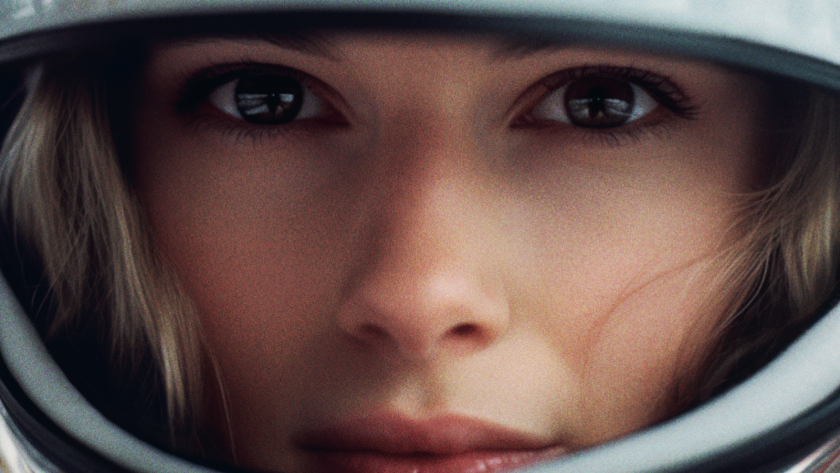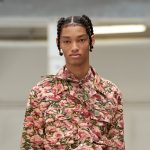It was a Sunday night, quiet in the house, and I sat on the sofa with a hefty issue of Copy—billed as “the world’s first AI-powered fashion magazine” by its creator Carl-Axel Wahlstrӧm. The more I flipped the more unsettled I became. I knew the “models” were composites, but they look like real people; plus they had real sounding names, as did the brands. Had I missed out on something? I was desperate to find a breadcrumb, something that would help me make sense of it all.
“I’m too fabulous to fit in a budget,” a pull quote from a story on young rich Hamptonites, induced a deep eye roll, but another, from a beauty story, “Say goodbye to emotions, wrinkles, and individuality,” made me wonder just what Wahlstrӧm’s objective was. Was I to buy into this world of hyper-perfection where fashion was not just flat and banal, but reduced to stereotypes?
That feeling of disorientation was intentional, said Wahlstrӧm on a call from Stockholm, his homebase. A 41-year-old Swede, Wahlstrӧm holds a degree in marketing communication. After entering the workforce, he gravitated towards fashion, launching a magazine called Fashion Tale in 2008 that he published through 2012. I have a back issue that is all fashion illustrations. It seems fair to categorize it as an alt publication, and one that was more interested in ideation than the pursuit of luxury. Much of Wahlstrӧm’s career has been working with fast fashion. Being Swedish, he’s worked with local brands including H&M, & Other Stories, Gant, and Björn Borg. It’s not just a matter of opportunity, but inclination, and something that he’s exploring in Copy as well.
When Wahlstrӧm started playing with AI he wasn’t doing so in order to make a magazine, but that changed in the press of a button. From one day to the next, he explains, the technology improved enough to allow him to prompt imagery that was realistic rather than airbrushed or abstract. “It was love at first sight,” says the creative director. “I saw a lot of red warning flags, but I also felt that I was part of something new and revolutionary. I understood quite early that the technique is still very young and that it has a lot of faults, but I had this urge to just get it out, to be able to say I made the world’s—as far as I know—first AI fashion magazine. I realized that no one would ever sponsor me, I would not be able to get advertisers, so I just decided that I was going to finance it myself, do it myself, and I’m going to try to win over the technology, because the technology wasn’t that good and it’s still not that good. The reason why I think that we have created such a beautiful result is that we have added so much human intellect and knowledge and the craftsmanship into the images.”



